Corvus (Hasta)
Corvus, resembles the shape of a crow, when stars in this constellation are imaginarily connected, as per Indian mythology!
Where should I see…Crater, is the constellation which is towards west of Corvus constellation. If you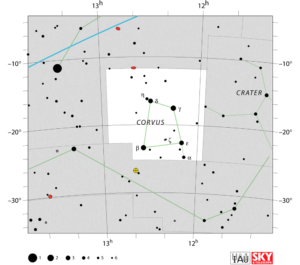 move your eyes towards east, you will see another constellation named Virgo. In the North and South of Corvus, you will find Virgo and Hydra constellations respectively. Corvus is halfway between celestial equator and South Pole, and so is fully part of Southern Hemisphere.
move your eyes towards east, you will see another constellation named Virgo. In the North and South of Corvus, you will find Virgo and Hydra constellations respectively. Corvus is halfway between celestial equator and South Pole, and so is fully part of Southern Hemisphere.
It covers up 184 square degree area of the sky. Area wise it is 70th largest constellation in the sky.
When and What can I see…We can gaze at this crow shape of Corvus constellation from December to August,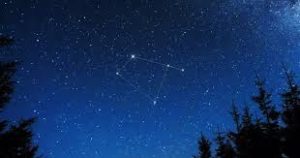 as seen from India.
as seen from India.
All you need is your naked eyes other than clear skies to see 28 stars of this constellations, as they are the one which are brighter than the lower limit of our naked eyes (i.e. 6.5 apparent magnitude) to see faintest stars.. The brightest star of this constellation is Gienah.
Constellations are made up of single, binary (apparent and absolute), multiple and variable stars. Out of total 28 stars of different types, here is the list of 20 brightest stars as per their nature:
| Binary / Multiple Star system | Variable Stars | Binary and Variable Stars | Single stars |
| 2 | Gienah | Algorab | Alchiba |
| – | Kraz | 2 | 8 |
| – | 4 | – | – |
| 2 | 6 | 3 | 9 |
As per Hindi mythology, there are no such known stories for this constellation.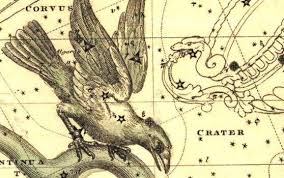
Deep Sky Objects…
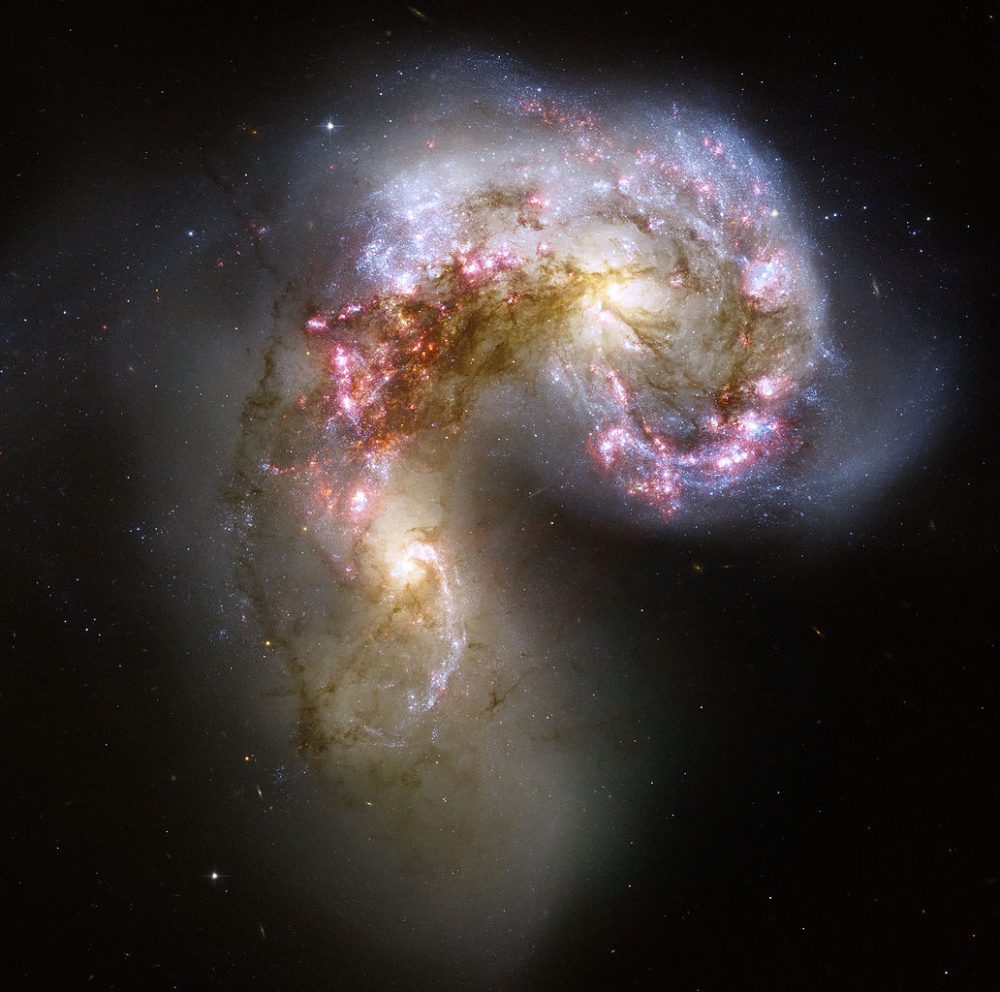 Antennae Galaxies or NGC 4038 || Pair of interacting galaxies
Antennae Galaxies or NGC 4038 || Pair of interacting galaxies
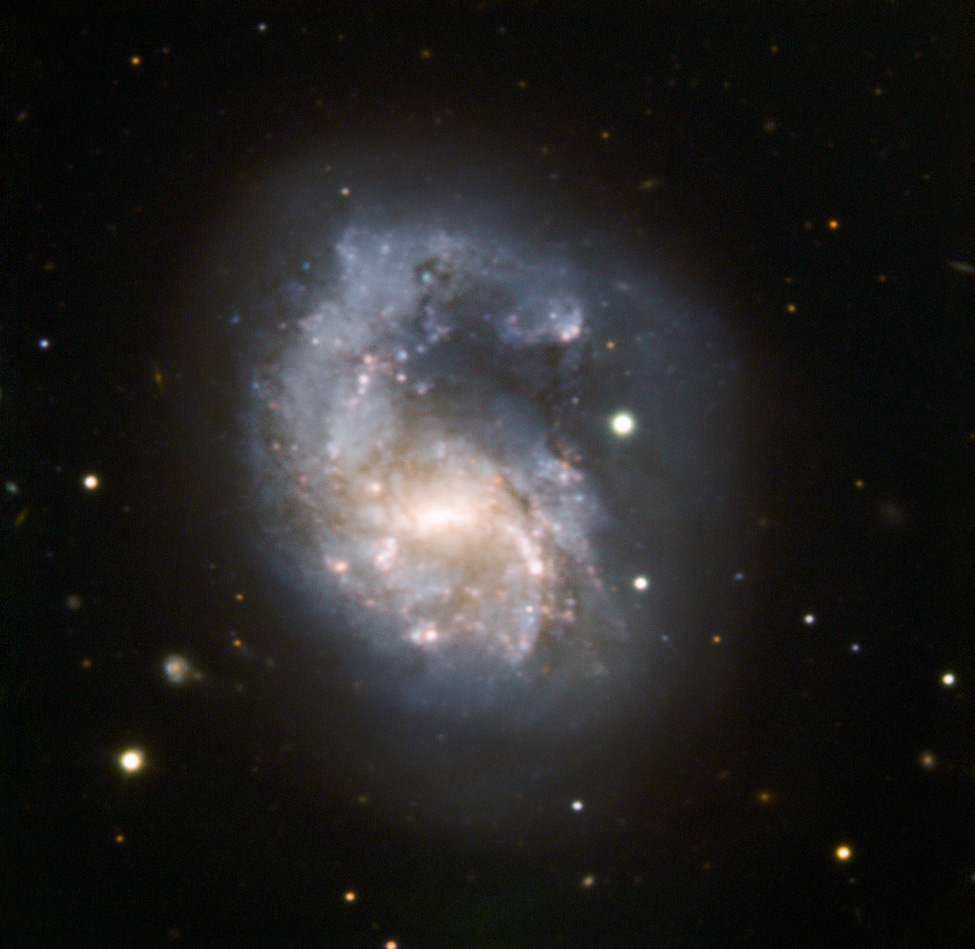 NGC 4027 || Spiral Galaxy
NGC 4027 || Spiral Galaxy
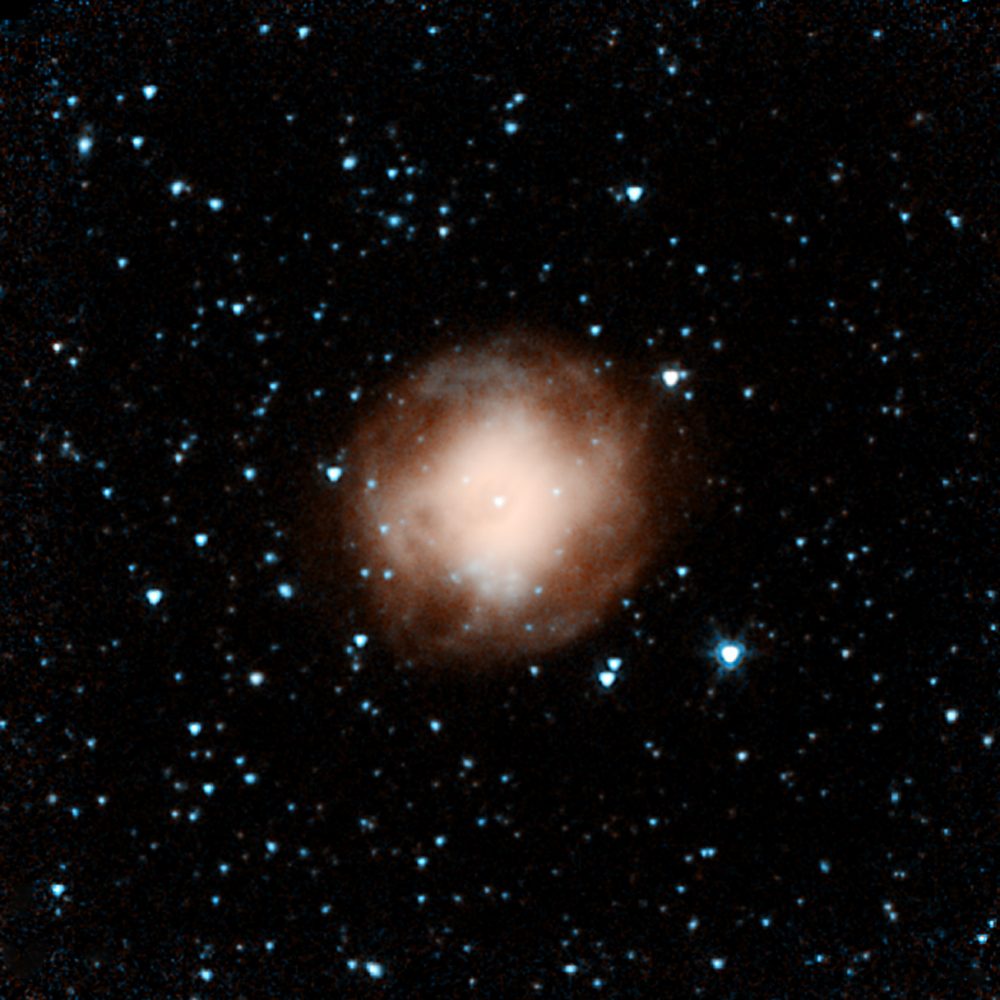 NGC 4361 || Planetary Nebula
NGC 4361 || Planetary NebulaAll the stars that we see naked eyes, all belong to our own, Milky way galaxy (Akash Ganga Tara Vishv). Bright stars can be seen naked eye and faint one through telescope. But the curtain of sky that we see in 2D is actually a huge universe we are talking about, with 3 dimension. There are many nebulous objects visible in every constellations. They differ widely by distances and nature. Like Emission Nebula, Reflecting Nebula, Absorption Nebula, Star Birth Nebula, Supernova Remnants (SNR) and Open Stars cluster which are within the disk of our own Milky Way galaxy. Globular cluster are also found, which are in the halo of our galaxy and some most distant objects like galaxies are also visible through telescope. Such objects are defined as “Deep Sky Objects”.
In this constellation there are 54 such different types of Deep Sky Objects observed. Below is the list of 20 brightest Deep Sky Objects:
| Galaxy | Open Cluster | Globular Cluster | Nebula | Supernova Remnant | ||
| Naked eye visibility | – | – | – | – | – | |
| Visible through Telescope | M104 (Sombrero galaxy) | – | – | 1 | – | |
| Antenne Galaxies | ||||||
| 17 | – | – | – | – | ||
| 19 | – | – | 1 | – |


